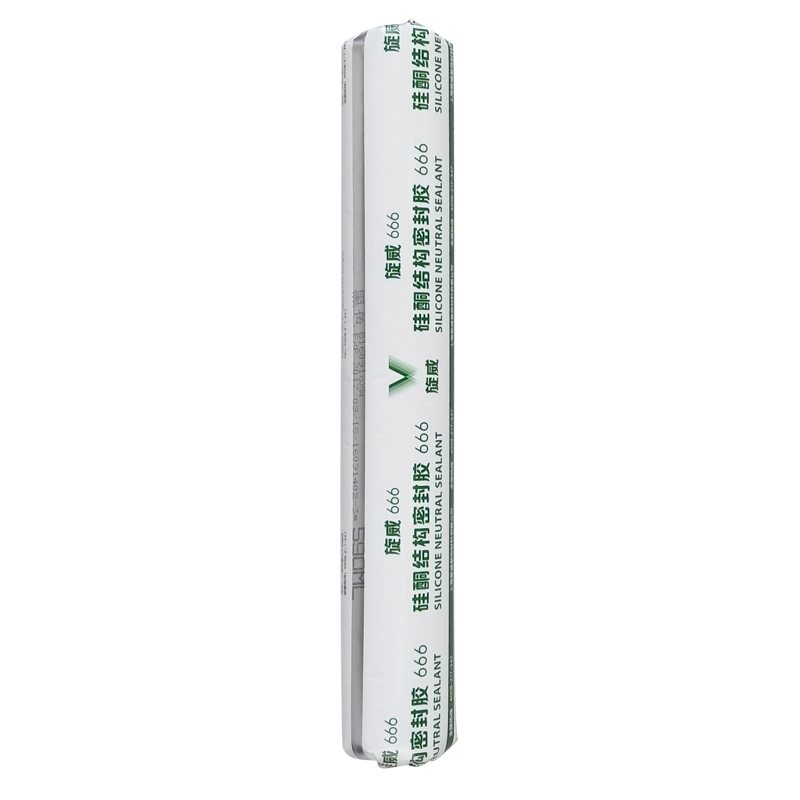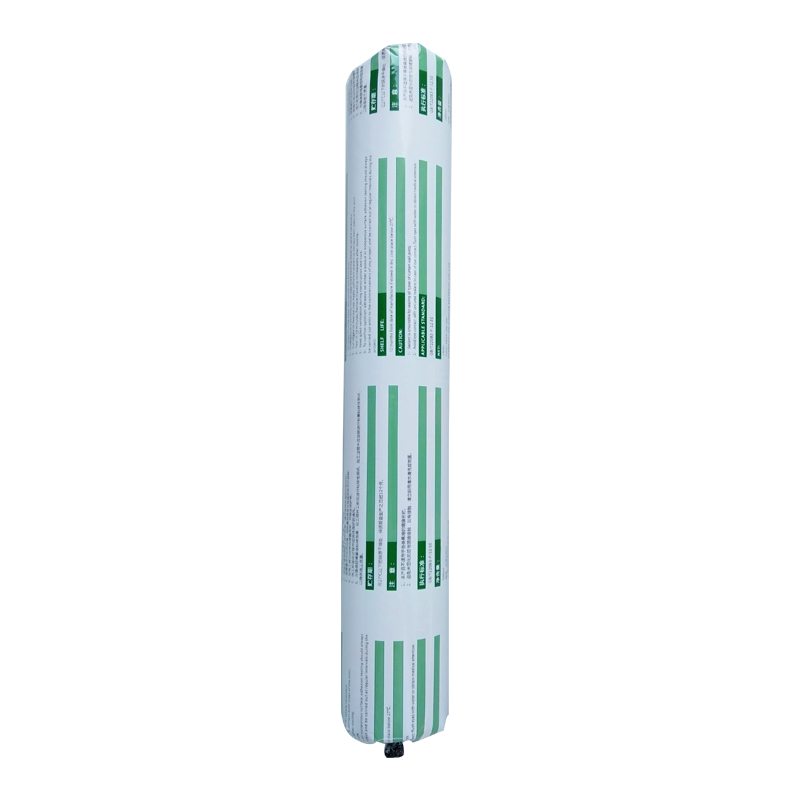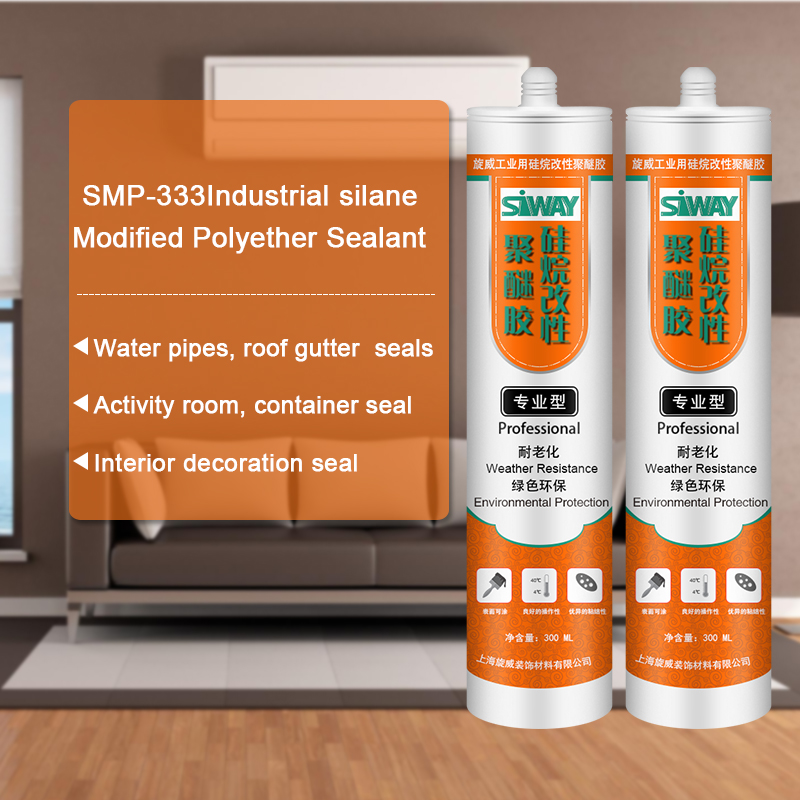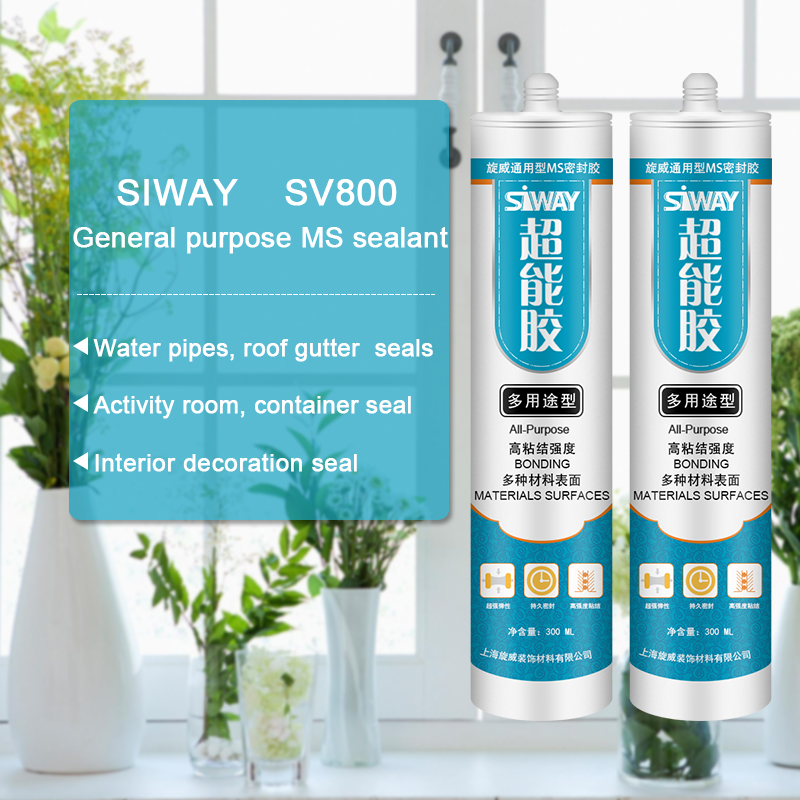factory low price SV-666 General Use Neutral Sealant to Somalia Manufacturer
Short Description:
Description SV-666 neutral silicone sealant is a neutral curing glue single component, the modulus of the. It is specially designed for windows and doors caulking sealing general plastic doors and windows. It has good adhesion to glass and aluminum alloy, and has no corrosion. Where to use It is fit for multiple purpose sealing and bonding applications to form a silicone rubber adhering to adjacent substrates e.g. glass, ceramic, tile, wood and metal. Key Features 1. 100% silicone 2. Eas...
As for competitive prices, we believe that you will be searching far and wide for anything that can beat us. We can state with absolute certainty that for such quality at such prices we are the lowest around for factory low price SV-666 General Use Neutral Sealant to Somalia Manufacturer, "Create Values,Serving Customer!" is the aim we pursue. We sincerely hope that all customers will establish long term and mutually beneficial cooperation with us.If you wish to get more details about our company, Please contact with us now
Description
SV-666 neutral silicone sealant is a neutral curing glue single component, the modulus of the. It is specially designed for windows and doors caulking sealing general plastic doors and windows. It has good adhesion to glass and aluminum alloy, and has no corrosion.
Where to use
It is fit for multiple purpose sealing and bonding applications to form a silicone rubber adhering to adjacent substrates e.g. glass, ceramic, tile, wood and metal.
Key Features
1. 100% silicone
2. Easy to use
3. Waterproofing and weatherproofing
4. Primerless adhesion to most building materials
5. 12.5% movement capability
Technical data sheet
| Test standard | Test project | Unit | value |
| Before curing——25℃,50%R.H. | |||
| GB13477 | Flow, sagging or vertical flow | mm | 0 |
| GB13477 | surface drying time(25℃,50%R.H.) | min | 30 |
|
GB13477 |
Operating time | min | 20 |
| Curing time(25℃,50%R.H.) | Day | 7-14 | |
| Sealant curing speed and operating time will have different with different temperatures and temperature, high temperature and high humidity can make sealant curing speed faster, rather low temperature and low humidity are slower.21 days after curing——25℃,50%R.H. | |||
| GB13477 | Durometer Hardness | Shore A | 28 |
| GB13477 | The ultimate tensile strength | Mpa | 0.7 |
| Temperature stability | ℃ | -50~+150 | |
| GB13477 | Movement capability | % | 12.5 |
Certification
JC/T881-2001 12.5E;GB/T14683-2003 12.5E
Color
Black,White,Gray
Package
300ml in cartridge * 24 per box, 590ml in sausage *20 per box
Shelf life
12 months
Note
If you want the TDS or MSDS or other details, please contact with our sales person.
https://www.discount-low-voltage.com/Cable/Burial-Cable-Low-Voltage/8006137
The vial of the Ranger SERVISEAL Closure (up to 6-pair) and the Super SERVISEAL Closure (up to 12-pair) comes pre-filled with POLY-BEETM Sealant, which forms a field proven (over 14 years) protective barrier around the individual splice connectors.
Original post on our site with additional information, plans, questions & comments:
https://www.thewoodwhisperer.com/videos/shellac-under-polyurethane/
I have heard countless times that you should never put polyurethane over waxed shellac. From books to magazine articles to forums to DVD’s, the message is always the same. Even the back of the shellac can itself says not to use polyurethane. Now I have always taken the “better safe than sorry” route, simply avoiding regular waxed shellac. But there have been so many occasions where I have heard of people accidentally using waxed shellac under polyurethane with no detrimental effects. And frankly, I have never heard a first hand account of a terrible finishing disaster using this combination of supposedly incompatible finishes. So what’s the deal?
To answer that question, I decided to do a little experiment for myself. I wanted to see if I could find any evidence of a weakened bond between polyurethane and waxed shellac, when the shellac is used in the typical manner as a sealer. My test is simple and completely non-scientific. There are just too many variables at play to answer this question with any real degree of certainty. But my results gave me enough confidence to say that if you are using the finish as a sealer coat (2lb cut or less), I see no reason not to use whatever shellac you have on hand, even if it has wax in it.
This is a topic that I will continue to watch. And hopefully we’ll hear from some folks who have had experiences, good and bad, with this finish combination.
**EDIT** It was immediately suggested that I do a Scotch Tape lift test. I still had the samples in the shop so I jumped in and did a few more tests. Using both duct tape and Scotch tape over a grid work of slices made with an X-acto knife, no lifting of the finish was observed on any of the boards. I even put tape over the area where the epoxy drops were and no lifting was observed there either. These finishes are holding on for dear life!
The Wood Whisperer is education and entertainment for the modern woodworker! Find more free woodworking videos & articles at https://thewoodwhisperer.com & don’t forget to subscribe to our YouTube channel! https://www.youtube.com/subscription_center?add_user=thewoodwhisperer
Connect with us!
Follow us on Twitter https://twitter.com/woodwhisperer
Like us on Facebook https://facebook.com/thewoodwhisperer
Pin us on Pinterest https://www.pinterest.com/woodwhisperer/
Learn more about our premium project videos at https://thewoodwhispererguild.com






